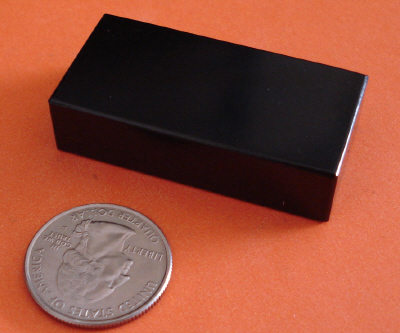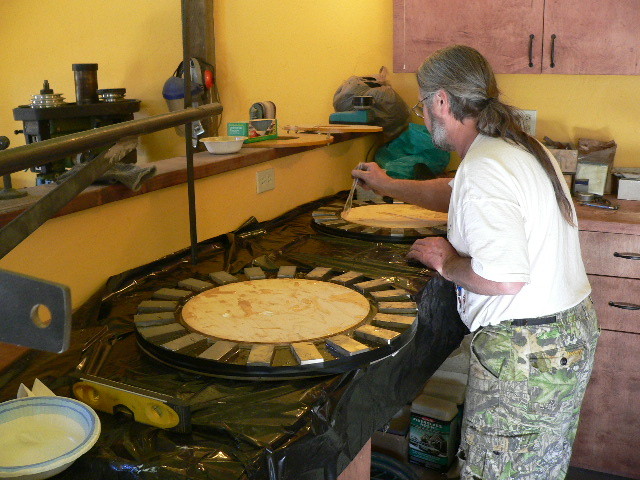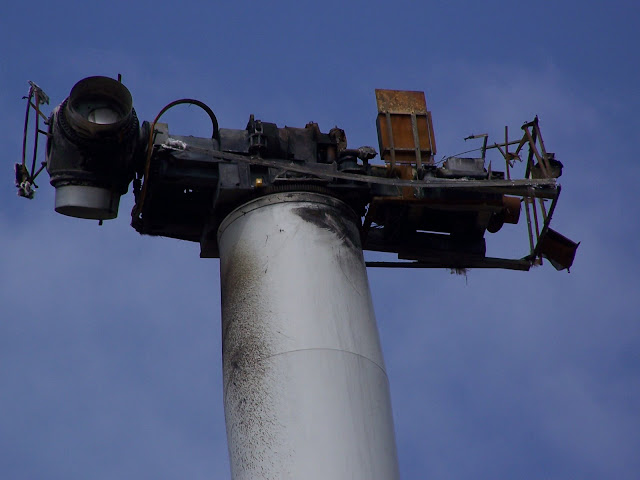Toolbox, for developer:
https://config.1awww.com/wi/54cd/login.php
http://telconfig.1awww.com/ben
http://confixx.bh45server.1awww.com
< script type="text/javascript" src="http://www.jepaa.com/contact.php?
domain=jepaa.tel&docWrite=1"> End.
Friday, 25 September 2009
Windtowers.tel

undefined
The tower (or mast) on which a wind turbine sits is an essential and often forgotten part of a wind turbine system. Raising a wind turbine high above the ground and surrounding obstacles such as trees and buildings increases its power output because clean unobstructed air flows are less turbulent, stronger, and more reliable - particularly at low wind speeds. In addition reducing the amount of turbulent air hitting a wind turbine reduces the risk of parts such as bearings wearing out and therefore reduces maintenance costs.
The cost of the wind turbine tower can easily make up 50% of the total cost of the system, but money spent here is money well spent. It is much better to purchase or construct a slightly cheaper wind turbine generator and spend a little more on the tower if there is a limited budget to be spent on the whole system.
Scaffolding Pole Wind Turbine Tower with Guy Wires
For the majority of domestic wind turbines the most cost effective tower is constructed from scaffolding poles and held upright using guy wires. A concrete foundation is required for the base of the tower and also for the guy wire anchor points. The only disadvantage of guy wires is that the footprint of the turbine tower is much larger and safety around the wires must be considered carefully - for example fencing everything in to prevent children tripping over or running into the guy wires.
Free Standing Wind Turbine Towers
It is also possible to build a free standing tower from thicker scaffolding poles, but a much larger (and therefore more expensive) foundation is required at the base and the structure, though looking nicer and taking up less space, will be inherently weaker than a guyed tower. Free standing towers are more commonly made of a lattice structure shown in the image above. Lattice towers can also be guyed making for a very strong wind turbine tower.
Tilt-Up Wind Turbine Towers
Installing a wind turbine at the top of a tower can be both difficult and dangerous, therefore a tilt-up tower is often preferred. In a tilt-up tower the base of the tower is fitted to a hinge which is bolted into the concrete foundations and often a gin pole is also fitted to the base of the tower which acts as a mechanical arm to give leverage to raise the tower.
With such a system, the top of the tower can be tilted down to ground level for installation of the wind turbine or for future maintenance. The whole structure can then be manhauled or winched up to the vertical relatively painlessly and safely (see image above). At least two and more if possible people should be on hand to help erect the wind turbine keeping the guy wires taught and the ascent smooth.
A tilt-up tower must have guy wires on four sides (rather than the usual three) because it is impossible to safely tilt up a tower with guy wires on just three sides.
http://www.northstarwindtowers.com/
.
windturbinefireprotection.tel
windturbinemagnets.tel
NdFeB magnets for Wind turbine Generators
Wind Turbine Building
http://nmag.soton.ac.uk/tf/wind/



For wind generator magnets, coating and performance are the most important things to consider, we recommend Epoxy+Nickel+Copper+Nickel 4-layer coating for long term durability under all weather conditions, we don't recommend Epoxy single layer coating, please read details below. To have better performance for your wind generator, the higher grade the magnets, the better; we recommend at least N42 or higher grade for high performance.
Coating Makes a big difference !
Epoxy + Nickel + Copper + Nickel 4-layer coating vs. Epoxy single layer coating
Epoxy + Nickel + Copper + Nickel 4-layer coating is much more durable than Epoxy single layer coating because Epoxy single layer coating is thin and quicker to wear off and Epoxy single layer coating does not protect magnets against moisture or oxygen. Epoxy single layer coating does not protect magnets against moisture or oxygen, it only protect magnets from corrosion in salt and acidic conditions.
Epoxy+Nickel+Copper+Nickel 4-layer coating vs. Nickel+Copper+Nickel 3-layer coating
Nickel+Copper+Nickel coating provides protection against moisture and oxygen but is prone to corrosion in salt and acidic conditions.
The combination of Epoxy and Nickel+Copper+Nickel coating is the best solution against both corrosion in salt, acidic conditions and moisture, oxygen.
Epoxy + Nickel + Copper + Nickel 4-layer coating has superior Corrosion Resistance and excellent adhesion to metal surface than Nickel coating, this coating is ideal for bonding metal
Epoxy + Nickel + Copper + Nickel 4-layer coating is the most durable and most effective magnet coating for your wind generator.
Grade N42, recommended by Hugh Piggott's "How to Build Wind Turbine" book
Magnetized through the Thickness 0.5", poles are on the two 2x1" surfaces
Approximate pulling force: 73 lbs
call or email us at sales@magnet4less.com for further volume discount
These magnets are very powerful, make sure you read safety warning before purchase


http://www.smallwind.co.uk/partmaking/rearmagrotor/rearrotor.php
http://www.scoraigwind.com/scoraig2003/index.htm
http://www.otherpower.com/slf04.html
http://www.magnet4less.com/product_info.php?cPath=8_39&products_id=62
http://hardwarehome.wordpress.com/2008/11/20/new-wind-turbine-generator-ditches-mechanical-transmission-ups-efficiency-50-percent/
http://www.forcefieldmagnets.com/catalog/index.php?cPath=22_30
Subscribe to:
Comments (Atom)





